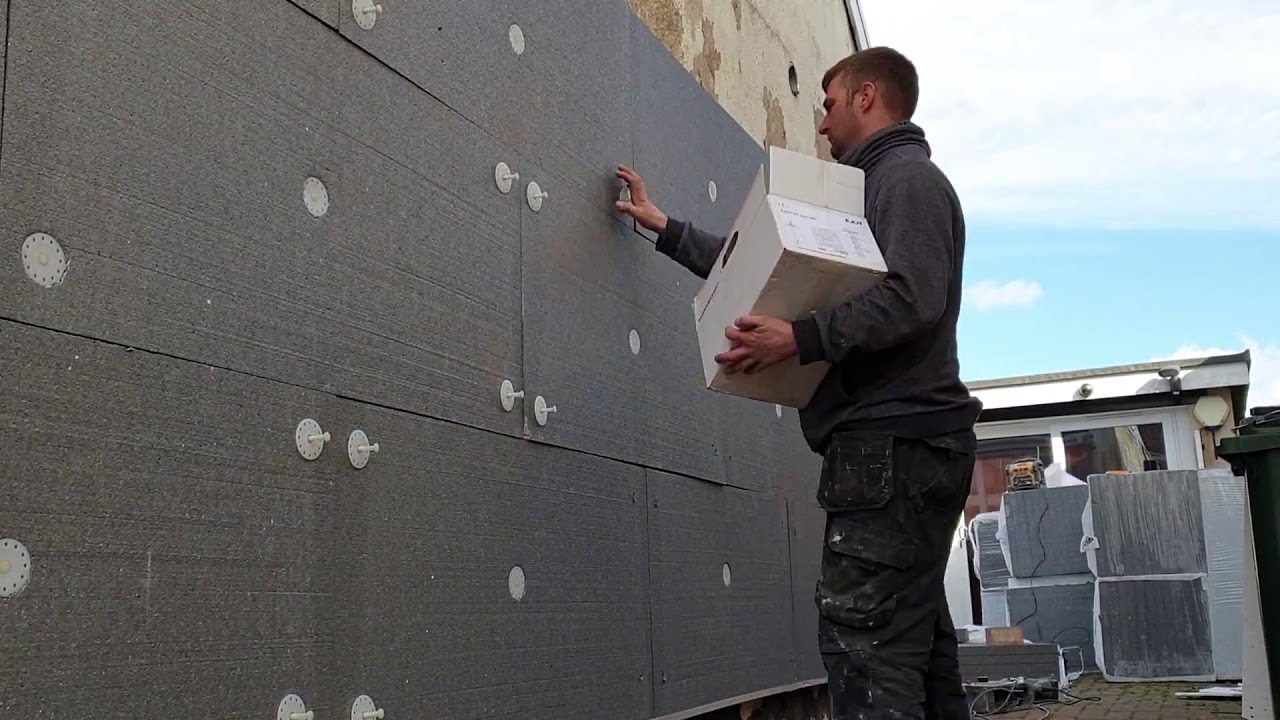With growing concerns around global warming and rising energy costs, constructing energy efficient buildings has become a priority worldwide. External wall insulation is a highly effective method for improving thermal insulation of existing building envelopes and reducing energy consumption for heating and cooling. External Wall Insulation Board (EWIB) is a popular insulation material used in external wall insulation systems that provides multiple benefits.
What is External Wall Insulation Board?
External Wall Insulation Board, commonly referred as EWIB, is a rigid insulation material used for insulating exterior walls from outside. EWIB comes in various compositions like mineral wool, expanded polystyrene (EPS), extruded polystyrene (XPS) etc. depending on the required properties and applications. Mineral wool EWIB has high durability, fire resistance and vapor permeability. EPS and XPS boards have excellent thermal insulation and moisture resistance. EWIB have high compressive strength and are fixed mechanically to the external surface of walls using anchors and adhesive mortars.
Benefits of Using External Wall Insulation Board
Using EWIB for external wall insulation provides multiple benefits over traditional internal insulation methods. Some key advantages are:
Improved Thermal Insulation
External Wall Insulation Board significantly improves the thermal performance of building envelope. Rigid insulation boards have high R-values which lower heat transfer through walls and reduce heating/cooling loads. This directly leads to reduced energy costs.
Moisture Protection
EWIB prevents inward vapor drive and moisture penetration into wall cavities. This protects structural integrity and indoor air quality. Mineral wool and XPS boards are highly moisture resistant.
Avoids Internal Space Reduction
Unlike internal insulation systems like cavity wall insulation, EWIB does not reduce internal floor space. Internal insulation decreases usable room area which is a major limitation.
Better Aesthetics
EWIB conceals any irregularities on external wall surfaces and provides an even, smooth finish. A wide variety of render finishes can be applied to enhance facade design.
Improved Acoustic Insulation
The additional layer of rigid insulation provided by EWIB helps reduce transmission of exterior noise into buildings. This improves acoustic comfort.
Freeze-thaw Damage Prevention
EWIB protects external walls from temperature fluctuations and freeze-thaw cycles that cause damage to masonry over time without insulation.
Compatible with Wall Materials
EWIB is compatible with all common construction materials like concrete, brick, AAC blocks etc. ensuring compatibility with existing building envelopes.
Environmental Benefits
EWIB provides significant reductions in operational carbon footprint of buildings through energy savings over the lifetime. This supports global sustainability goals.
Types of External Wall Insulation Boards
The performance characteristics of EWIB depends on the insulant material used. Followings are some common types available:
Mineral Wool Board Insulation
Made of mineral fibers bound with resin or cement. Excellent fire resistance. High compressive strength and vapor permeability for durable insulation.
Expanded Polystyrene (EPS) Board
Molded from expandable polystyrene beads. Very high thermal resistance. Water resistant and lightweight. Susceptible to physical damage.
Extruded Polystyrene (XPS) Board
Manufactured using polystyrene resin in an extrusion process. Highly moisture resistant. Very good thermal insulation even at thin boards. Durable rigid material.
Phenolic Insulation Board
Bonded wood fiber or paper face sheets surrounding a rigid phenolic foam core. Exceptional fire and mold resistance. Strong and impact resistant.
Wood Fiber Board Insulation
Produced from recycled wood fibers and cement or gypsum binder. Moisture resistant and has good acoustic properties. More sustainable option.
Polyurethane/PIR Board Insulation
Rigid foam insulation board made from polyisocyanurate or polyurethane resin. Extremely high insulation efficiency at very thin boards. Durable and moisture resistant.
Wall Insulation System Installation Process
Professional installation is required for EWIB based external wall insulation. Following are the key steps involved:
1. Surface Preparation: Cleaning and repairing walls, sealing cracks/gaps, applying primer and levelling coat as required.
2. Board Installation: Mechanically fixing insulation boards to walls continuously with plastic anchors and adhesive mortar at board joints/edges.
3. Installation of Base Coat: Reinforcing mesh is embedded in thin layer of reinforcement mortar applied over boards and joints.
4. Primer Application: Sealing entire mesh reinforced surface with primer before applying final topcoat.
5. Finish Application: Textured topcoat like acrylic/silicone render, plaster, clay or stone tiles can be applied as wall finish.
6. Curing and Protection: Newly installed system must be protected from rain and allowed to fully cure before use.
External Wall Insulation Board is emerging as a highly effective solution for enhancing building energy efficiency and sustainability. Combining multiple benefits, EWIB provides an all-rounded insulation approach with long term performance. With growing policy pushes for green construction worldwide, use of EWIB wall insulation systems will continue to rise in the future.
*Note:
1. Source: Coherent Market Insights, Public sources, Desk research
2. We have leveraged AI tools to mine information and compile it

